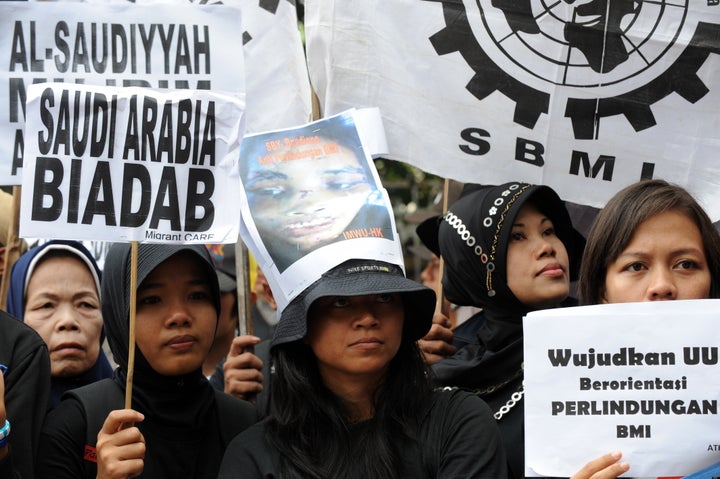
If the sun sets and I am at the bus stop, then I am in danger. -Zimbabwean activist
An Indonesian rights lawyer is fatally poisoned on an international flight. State agents abduct a Zimbabwean activist and hold her incommunicado. In Colombia, leaked documents reveal plans to assassinate human rights defenders. These shocking incidents occur in a context of routine surveillance, threats, and harassment.
The Irish organization Front Line has released Strategies for Survival: Protection of Human Rights Defenders in Colombia, Indonesia and Zimbabwe. The study documents the dangers that defenders face and the creative strategies they adopt in response. (I wrote the report together with Front Line staff and human rights activists in the three countries).
A human rights defender may be a farmer, union organizer, journalist, lawyer, or anyone who works non-violently for the rights of others. Based on interviews and group discussions with more than 100 defenders in three countries, this report shares effective strategies with activists around the world.
Below are some dangers they face, followed by examples of their protection strategies.
Violence Dozens of labor organizers, community leaders, and other defenders are killed in Colombia every year. One of Indonesia's leading human rights lawyers, Munir, was murdered on an international flight in 2004. In Zimbabwe, rural activists were beaten in the run-up to recent elections, and defenders were abducted and tortured in late 2008. A rural defender from Zimbabwe described her working conditions:
We are lone officers and isolated. I am the messenger, the secretary, the field worker. There are lots of risks: a visitor knocks, you say come in, and he attacks you. No one comes to your rescue quickly, or at all. There's no computer to send an e-mail, and the land-lines are off. If you are lucky that day, you have money on your cell phone.
Threats and intimidation
Text messages and letters come from paramilitaries, religious extremists, or even government officials. One Colombian defender received a box containing a headless doll -- and a note: "You have a nice family -- look after it and do not sacrifice it." An Indonesian activist for religious tolerance told us:
We always get calls and other intimidation by the Islamic Defenders Front. They ask "Aren't you afraid to die?" and I tell them, 'Everyone will die one day.'
Unfair trials
Baseless charges consume time and money and may lead to months or years in prison. Defenders told us:
The next step is prosecution through judicial processes, using testimony from demobilized combatants and threats from the paramilitaries. It is harder to criticize from abroad compared to a killing, and also a double strategy to delegitimize their work. [Colombia]
It looks like a deliberate attempt to intimidate lawyers and make us afraid. If a lawyer is arrested, what hope will we have? [Zimbabwe]
Stigmatization
Government officials call defenders guerrillas, communists, or terrorists, marking them for harassment, arrest, and (especially in Colombia) sometimes death. After the Colombian president referred to activists as "plainclothes terrorists," a defender explained:
My armored car... helps me a bit if the paramilitaries shoot at me. But it doesn't protect me from the president.
An Indonesian activist agreed:
Whole families can be affected if one member is called a separatist or a communist, so there is clearly a sense of fear.
Strategies for Survival
Some best practices we identified are:
1. Security planning: Assessing risk and planning accordingly are the building blocks of protection. The best examples involved the whole staff and were regularly updated.
2. Collaboration: In the words of one Colombian, "Working together is the first rule of protection." Collaboration may have the goal of:
- Advocacy: campaigns at home and abroad to pressure governments to provide protection and change laws. (For example, see this international campaign on Colombia defenders).
- Creating protection mechanisms: some groups have come together to create bodies that carry out risk assessments and drafts security plans, build defenders' skills, and provide legal aid, relocation assistance, or counseling.
3.Building public support: At the local level, neighbors can alert defenders to suspicious people or cars and quickly report detentions. At a broader level, public support can help curb government excesses.
4.Considering women human rights defenders: In implementing these strategies it is important to pay attention to gender-specific risks, such as threats against their family's safety, attacks on character, or community pressure to stay home.
See the report for more best practices and recommendations to states and the international community